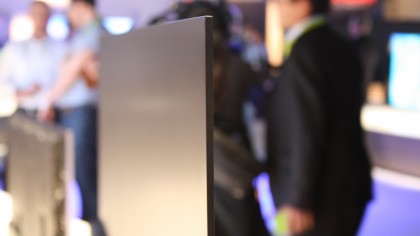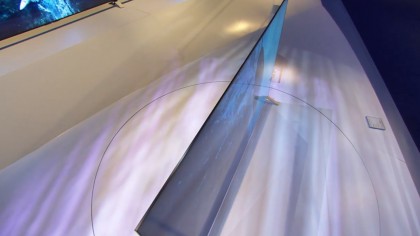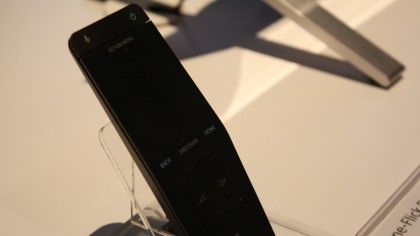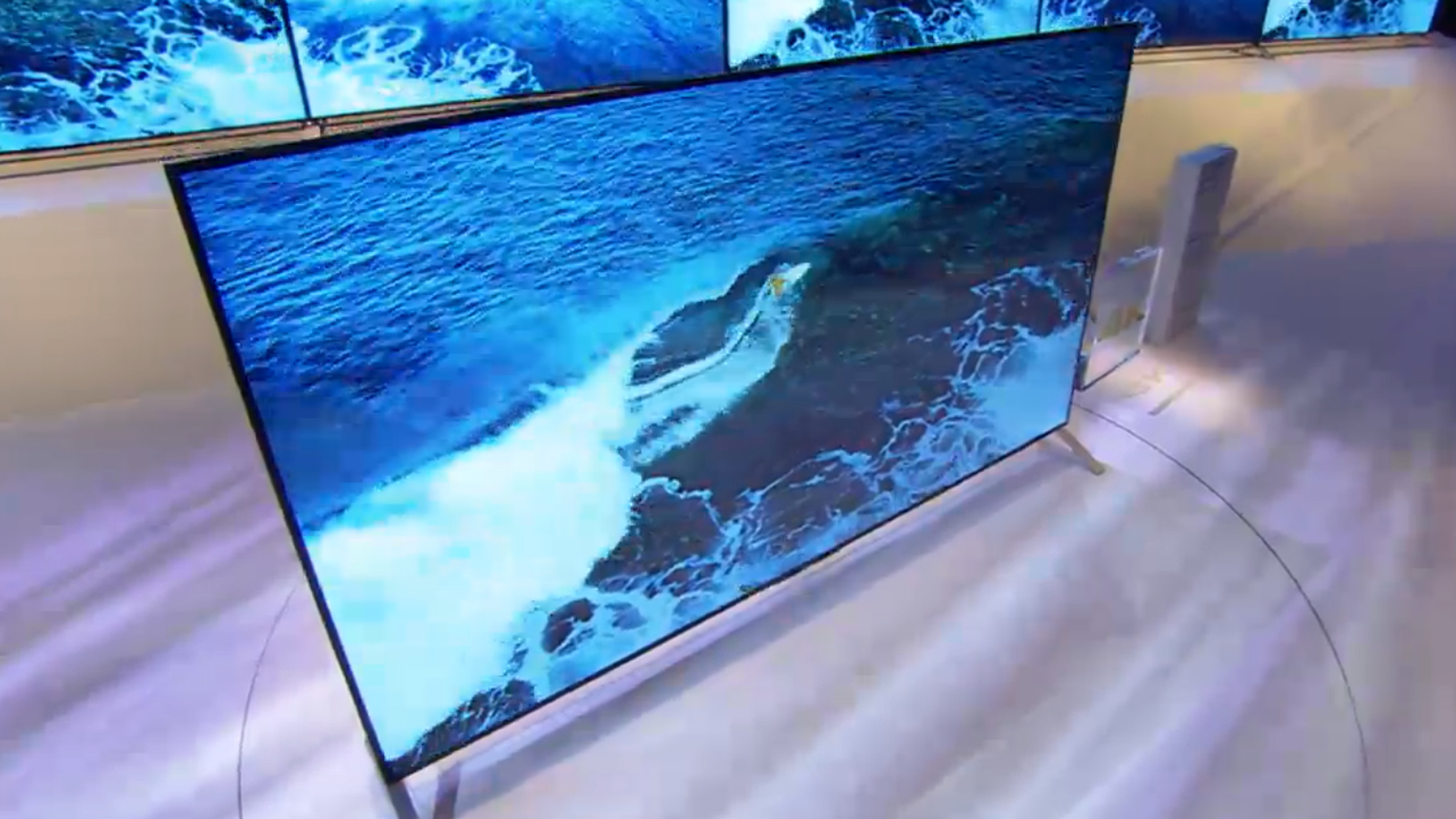Early Verdict
Sony's new X900C series line-up looks stronger (and more expensive) than last year, but just if it can contend with LG's OLED or Samsung's SUHD TVs remains to be seen.
Pros
- +
Android TV OS
- +
Brand-new X1 image processor
- +
Thinner than an Xperia smartphone
Cons
- -
Can't bend it like Beckham
- -
Not thin everywhere
Why you can trust TechRadar
Sony's all-new flagship X900C series 4K TV has a lot going for it. It's sleek, slim and powerful, and thanks to the addition of Android TV it's smarter and more versatile than a Sony TV set has ever been before.
It's the slimmest TV Sony has ever released, too, at just 4.9mm at its thinnest point. Which, as Sony was keen to point out during its press event at CES on Monday evening, is even slimmer than the superslim Xperia Z3 smartphone.
However impressive the gorgeous bezel and ultra-slim chassis may be, it's what's inside of the screen that really shines: the brand-new X1 image processor that utilises Sony's proprietary Triluminous, X-Reality PRO and X-tended Dynamic Range technology to provide sharper, more colorful images in every frame.
Design
While other panel purveyors are happy to fight over flexible screens and curved designs, Sony's clearly shooting to become the king of one design aspect: thinness. And indeed at .2-inch it certainly takes the cake.

But that's only half the story. It's not razor-thin all the way down the side, and around the midsection balloons out to standard LCD LED panel size.
That said, I've no doubt that the set will sit flush on the wall - I was even told by a Sony rep on the showfloor that it will come with its own special mounting brackets - and its less-than-1-inch bezel will help the X900C seamlessly blend into your wall when it comes to market later this year.
Display
The X900C's display is downright gorgeous. It's not quite OLED quality (the X900C uses Triluminous technology, Sony's proprietary evolution of Quantum Dot), but it's easily one of the sharpest LED sets around.
Sign up for breaking news, reviews, opinion, top tech deals, and more.
Breaking down exactly what makes a panel tick is tricky business. And the way to explain the X900C's design is by calling the X1 processor the brains of the operation and the Triluminous display the brawn.

As an image is sent to the X1 processor it looks ahead at what's coming next as well as what passed through just seconds ago. Using this information it can create extra image data to fill in some gaps from the signal. This is especially useful when upconverting from 1080p to 4K.
Sony calls this technology X-Reality PRO, and it works in conjunction with X-tended Dynamic Range to give ultra-sharp image quality from two feet away or twenty.
Android TV
Sony is making a bold move eschewing an in-house OS for something a little more modern: Android 5.0 Lollipop. Every TV in the 800 and 900 series will come equipped with Android TV, which includes the ability to Google Cast and download games, movies, TV shows and music directly from the Google Play Store.

Using a technology consumers are familiar with feels like a good idea, and while it means Sony will have less control over the content on its sets, it won't be wanting for any. Plus, if your one-flick remote decides to fall beneath the cushions, having the ability to control your TV from your phone is pretty handy.
Early verdict
The X900C series is one of four 4K series Sony plans to put out in 2015, leaving only one series in the dust at regular ol' 1080p. It'll come in 55, 65 and a 75-inch versions, the latter of which is dubbed the XBR-X910C.
Other TVs in the X900 series include the XBR-65X930C and 75X940C, 65 and 75-inch TVs that sport huge 30-watt speakers and edge-lit local dimming backlights.
Sony's line-up looks stronger (and more expensive) than last year, but just if it can contend with LG's OLED or Samsung's SUHD TVs remains to be seen. We should get full review samples in the UK in a couple of months.
Techradar's coverage of the future of tech at CES 2015 LIVE is brought to you courtesy of Currys PC World. View Currys' full range of the latest TV, Blu-ray and home cinema systems here

James was part of the TechRadar editorial team for eight years up until 2015 and now works in a senior position for TR's parent company Future. An experienced Content Director with a demonstrated history of working in the media production industry. Skilled in Search Engine Optimization (SEO), E-commerce Optimization, Journalism, Digital Marketing, and Social Media. James can do it all.
What is a hands on review?
Hands on reviews' are a journalist's first impressions of a piece of kit based on spending some time with it. It may be just a few moments, or a few hours. The important thing is we have been able to play with it ourselves and can give you some sense of what it's like to use, even if it's only an embryonic view. For more information, see TechRadar's Reviews Guarantee.
